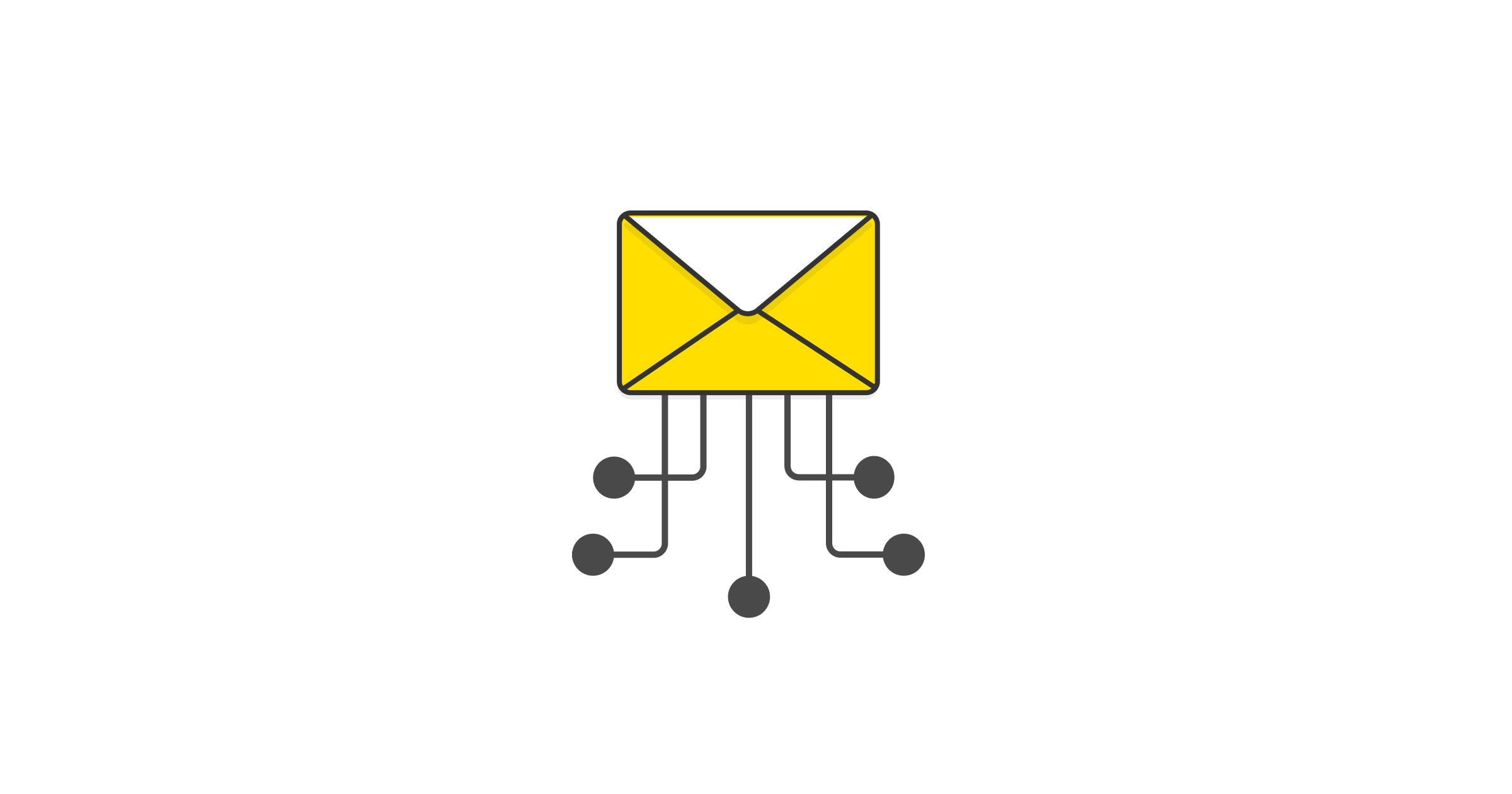In today's digital age, email is a critical communication tool for individuals and businesses alike. However, to ensure the accuracy and deliverability of your emails, it is essential to validate email addresses before sending messages. Email validation helps verify the authenticity and integrity of email addresses, reducing the risk of bounce backs and improving the overall effectiveness of your email campaigns. In this comprehensive guide, we will explore the importance of email validation, various methods for validating email addresses, and best practices for ensuring accurate and reliable email communication.
The Importance of Email Validation

Email validation is a crucial step in maintaining the quality and effectiveness of your email campaigns. Here are some key reasons why email validation is important:
1. Avoid Bounce Backs
Validating email addresses helps prevent bounce backs, which occur when emails are returned as undeliverable. Bounce backs can negatively impact your sender reputation and reduce the effectiveness of your email campaigns. By validating email addresses, you can remove invalid or non-existent addresses from your mailing list, ensuring that your messages reach the intended recipients.
2. Improve Deliverability
Valid email addresses have a higher chance of reaching recipients' inboxes rather than being filtered as spam or blocked by email providers. Email validation helps improve the deliverability of your messages by identifying and removing invalid or risky addresses that may trigger spam filters.
3. Enhance Data Quality
Email validation ensures the integrity and accuracy of your contact database. By removing invalid or mistyped email addresses, you can maintain a clean and reliable list of contacts. This enhances your data quality and improves the targeting and segmentation of your email campaigns.
4. Reduce Costs
Sending emails to invalid or non-existent addresses is a waste of resources. It not only affects your email deliverability but also incurs unnecessary costs, especially if you are charged based on the number of sent emails. By validating email addresses, you can optimize your email marketing budget and focus on engaging with active and valid recipients.
Methods for Email Validation

There are various methods available for email validation. Here are a few commonly used techniques:
1. Syntax Check
A syntax check verifies whether an email address is correctly formatted according to the standard email address format. It ensures that the email address contains the necessary components, such as the username, @ symbol, and domain. However, a syntax check alone does not guarantee the existence or deliverability of the email address.
2. DNS Lookup
A DNS (Domain Name System) lookup involves querying the domain associated with an email address to check its existence and validity. It verifies whether the domain has valid DNS records and can receive emails. However, a DNS lookup does not guarantee the specific existence of the email address within the domain.
3. SMTP Verification
SMTP (Simple Mail Transfer Protocol) verification involves establishing a connection with the recipient's email server and simulating the sending of an email. It checks the response from the server to determine the existence and deliverability of the email address. SMTP verification provides more accurate results than syntax checking or DNS lookup.
4. Email Verification Services
Email verification services utilize advanced algorithms and databases to validate email addresses. These services combine multiple validation techniques, including syntax checks, DNS lookup, and SMTP verification, to provide comprehensive and accurate results. They offer convenient APIs or web interfaces for batch verification or real-time validation during data entry.
Best Practices for Email Validation

To ensure accurate and reliable email communication, follow these best practices for email validation:
1. Validate at Point of Capture
Implement email validation at the point of capturing email addresses, such as during sign-ups or form submissions on your website. Real-time validation helps prevent invalid or mistyped addresses from entering your database and ensures that only valid addresses are accepted.
2. Regularly Validate Existing Email Lists
Perform regular validations on your existing email lists to maintain their accuracy and reliability. Over time, email addresses may become invalid or inactive. By regularly validating your lists, you can identify and remove invalid addresses, keeping your database up-to-date.
3. Use a Reliable Email Validation Service
Consider using a reputable email validation service that offers comprehensive verification capabilities. Look for a service that combines multiple validation techniques and provides accurate results. Choose a service that suits your needs and integrates well with your email marketing or CRM platform.
4. Implement Double Opt-in
Double opt-in is a process where users confirm their email addresses by clicking a verification link sent to their inbox. This additional step ensures that the email address belongs to the intended recipient and reduces the likelihood of invalid or fake email addresses being added to your database.
Commonly Asked Questions
1. Can email validation guarantee 100% accuracy?
Email validation techniques aim to provide accurate results, but they cannot guarantee 100% accuracy. Some email addresses may pass validation but still be inactive or non-responsive. Additionally, temporary server issues or changes in email addresses can affect the accuracy of validation results.
2. Is it necessary to validate email addresses for every email campaign?
While validating email addresses for every campaign is not mandatory, it is highly recommended. Regular validation helps maintain the quality of your email list, reduces bounce rates, and improves deliverability. It ensures that your messages reach active and engaged recipients.
3. Can I validate email addresses using programming languages?
Yes, various programming languages, such as JavaScript, offer libraries and functions for email validation. These libraries typically use regular expressions to check email address syntax. However, note that syntax validation alone may not guarantee the deliverability of the email address.
4. Can email validation services impact performance?
Email validation services typically operate quickly and efficiently. However, large-scale validations or real-time validations during data entry may impact performance, depending on the volume of requests and the service provider. It's important to choose a reliable and scalable service to ensure optimal performance.



